

Global Warming
Increased atmospheric concentrations of greenhouse gases produced by human activities
have led to a global rise in surface temperature. Since the beginning of the 20th century average surface temperature
increased by about 0.8ºC (1.4ºF)...
→
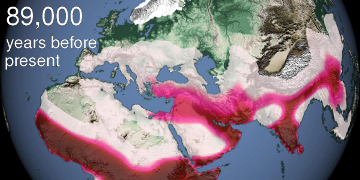
Climate Drivers of Human Migration
Homo sapiens left Africa around 100 thousand years ago in a series of astronomically-paced migration waves and arrived for the first time in southern Europe around 80 thousand years ago, according to a new study published in the journal Nature... →
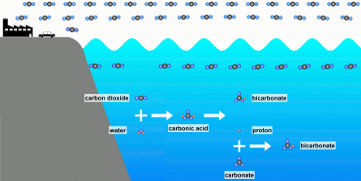
Southern Ocean Acidification
As a result of increasing atmospheric carbon dioxide concentrations, the chemistry of the Southern Ocean is expected to change so fast over the next few decades that tiny creatures at the base of the food web may soon struggle to form their shells... →
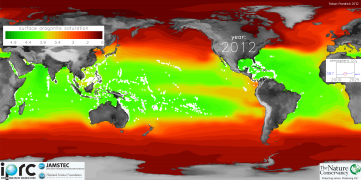
Ocean Acidification
Humans have released ~500 billion tons of carbon to the atmosphere. About 30% have been taken up by the oceans.
The uptake leads to changes in ocean chemistry resulting in a decrease of seawater pH and carbonate ion concentration,
commonly referred to as ocean acidification... →
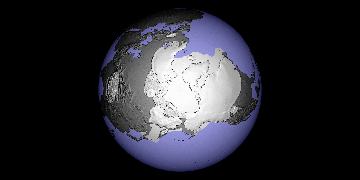
The Last Glacial Cycles
During the last 400,000 years, considerable parts of North America, Europe and Asia were covered by large ice-sheets. At the maximum of the glaciation about 21,000 years before present the sea level was approximately 120 m (394 ft) lower than today...
→
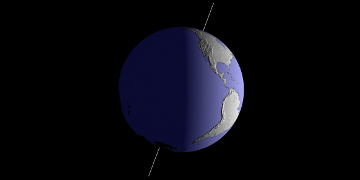
Orbital Forcing
Variations in seasonality of solar radiation reaching the Earth's surface arising from changes in the Earth's eccentricity, axial tilt, and precession have contributed significantly to the pacing of the Earth's glacial-interglacial cycles over the last million years...
→
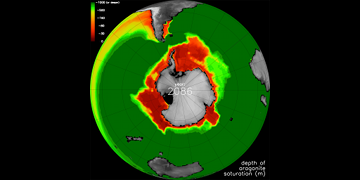
Ocean Acidification II
The Southern Ocean is -on top of increasing, man-made ocean acidification- subject to a large seasonal cycle in acidity. Hence, it is particularly vulnerable to experience chemical conditions that are adverse to organisms that form shells or skeletons made of calcium carbonate. →
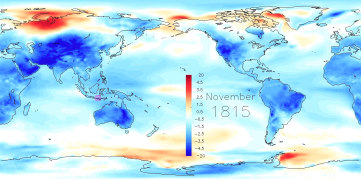
Tambora Eruption
Mount Tambora is an active volcano on the island of Sumbawa, Indonesia.
The eruption in the year 1815 was the largest in recorded history. The resulting loss of crops were responsible for the deaths of several ten-thousand people...
→

The Julia Set
The Julia set is a nice example of self-similarity and of how tiny perturbations in the initial conditions can lead to significant changes in the behavior of a complex system. But most of all it is simply beautiful...
→
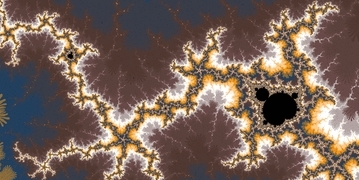
The Mandelbrot Set
It was probably the visualization of the Mandelbrot set that popularized the science
of complex dynamics and chaos. And indeed, the magnificence that is achieved by just a few
lines of code can hardly be exaggerated.
→










